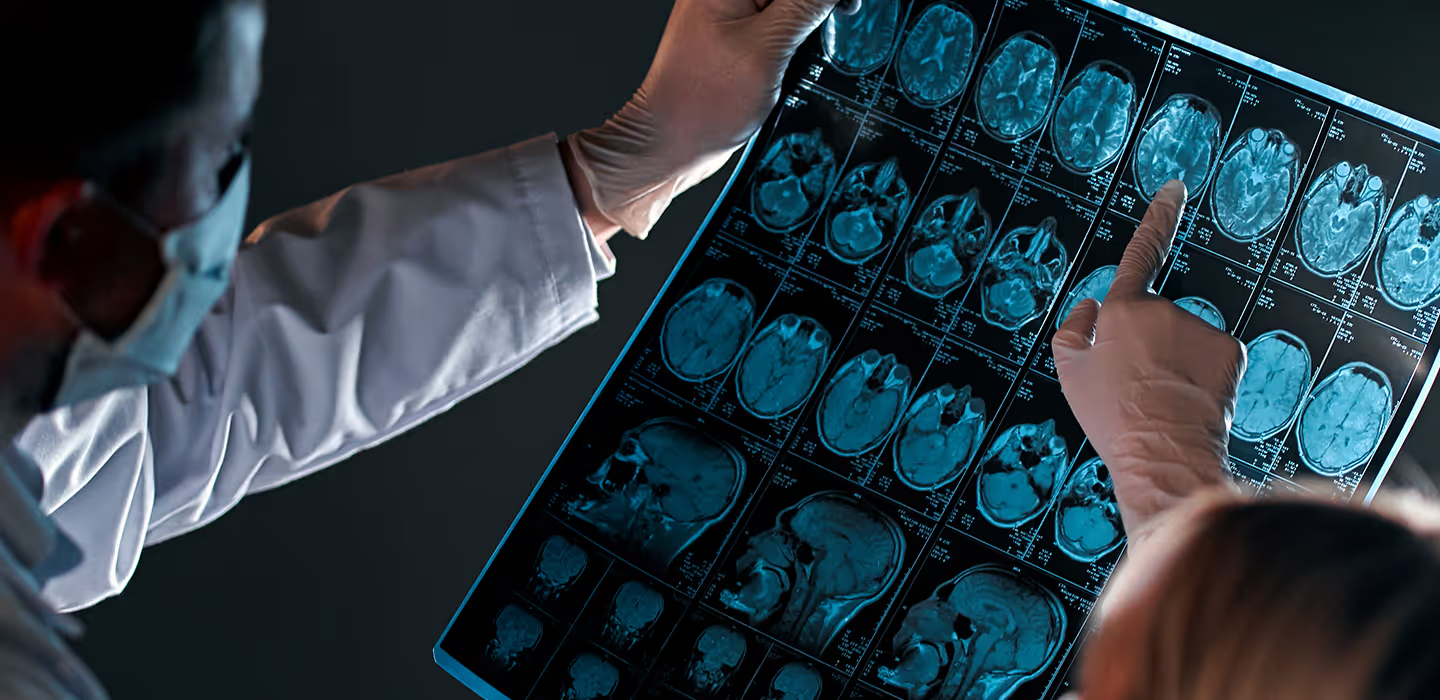Scientific
publications

Neuroprotective modulation of microglia effector functions following priming with interleukin 4 and 13: current limitations in understanding their mode-of-action
In recent years the long-standing theory of microglia's properties for dual polarization towards a pro- or anti-inflammatory phenotype has been deeply challenged. Furthermore, the elucidation of microglia ontogenesis exposed intrinsic differences between microglia and peripheral myeloid cells, thereby further underscoring the need to re-evaluate microglia-specific activation behavior, especially within an inflamed central nervous system (CNS) environment. This review critically summarizes recent literature on the in vitro and in vivo response of murine microglia to the immune-modulatory cytokines interleukin 4 (IL4) and interleukin 13 (IL13), i.e. those driving the so-called anti-inflammatory phenotype. Here we highlight several pivotal factors that may influence experimental outcome and/or interpretation of in vitro and in vivo studies evaluating microglia's phenotypical and functional properties upon IL4/IL13 treatment. Finally, the current therapeutic relevance of IL4/IL13-induced microglia activation in both acute and chronic CNS disorders is discussed.
Keywords: Interleukin 13; Interleukin 4; Microglia; Polarization.
Stay informed
Receive all the information related to research and news from the Belgian Charcot Foundation directly in your inbox.
